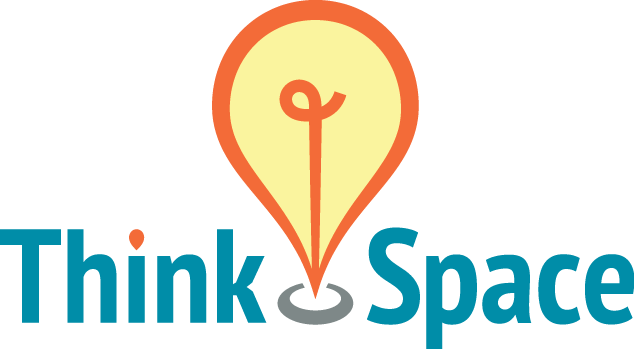There is a fundamental principle of design that is often heralded as the pillar of modern innovators but is just as often forgotten by many who create the things that make up our everyday environment. The idea is simple. Design is more than just the way something looks or feels. It is also the way in which we experience or use an object, service, or product.
“Design is not just what it looks like and feels like. Design is how it works.” – Steve Jobs
In this perspective, human interaction is important. At times, this means a designer needs to sacrifice adding functions for maintaining simplicity. For example, I was recently at a large hotel chain and walked into my room to find one of those “all-in-one” remotes sitting on the night stand. It controlled three separate devices covering a plethora of media options, including TV, stereo, and video game console. I had not the time nor the energy to figure out how to use it. I struggled to complete the simple task of changing the volume. As I walked to dinner that night, I thought about the decisions made in designing that remote and more importantly choosing to place it in a hotel room. The purpose was to create a single object that could do a lot of functions. Perhaps this has great applications in certain instances. However, in a hotel room where the consumer is limited by time and experience, fewer functions may have been a better trade off. This is not an easy question to answer, but definitely worth considering.
When we set out to create Think Space, we honed in on the user experience as a design element and a key focus. We decided that we did not want to just build a place for meetings. We wanted to create an experience. One that was simple and intuitive. One that would allow the user to focus less on how to interact with our meeting and retreat center and more on why they were using it.
Of course, we also paid attention to traditional design elements including colors, textures, and layout. They were important in building a unique and inspiring environment. However, we layered that on top of the concept that from the moment a team of individuals sought to use Think Space until the moment they ended their meeting full of new ideas, perspectives, and energy, it is our job to ensure the “experience” is amazing, simple, and different.
It sounds easy enough, but sticking to this principle is difficult and requires continuous focus and improvement. For example, we must ensure that every customer and team can quickly and easily use our high definition screens for collaboration and presentations.This requires technology that can work with a multitude of different devices that our clients bring with them. This means we have to find and invest in technologies that can perform these complex tasks with a simple and intuitive interface. We don’t want the technology playing center stage. We want the team’s ideas and creativity to be the star of the show.
We hope our design principles will allow our customers to have creative and productive meetings. The onerous is on us to design for you. If you ask me, that is a company’s most important job.
Dave Seitz is Co-Founder of Think Space and a strategic change agent who loves to inspire others.
